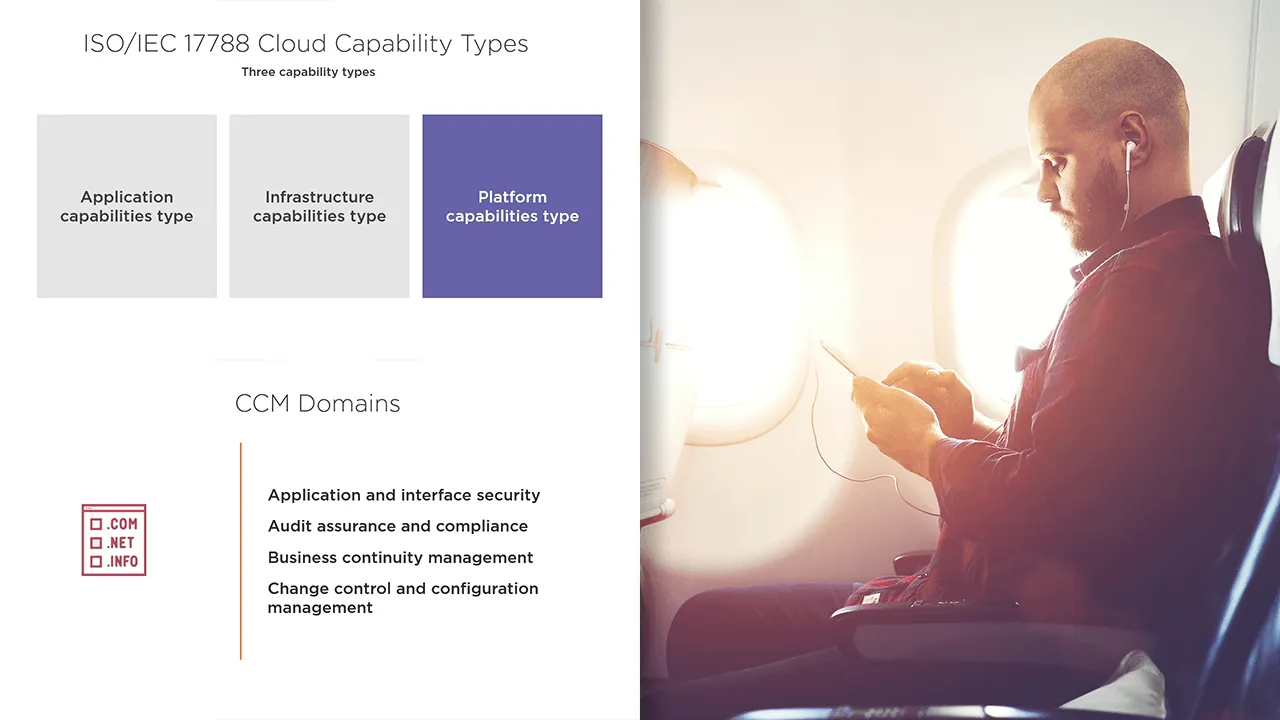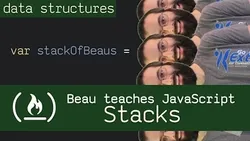
Introduction to Information Security within Cloud Computing 
This course provides an introduction to information security within cloud computing, helping learners identify and select secure cloud services based on their business requirements. Gain the knowledge to ensure your cloud services are secure and compliant. ▼
ADVERTISEMENT
Course Feature
![]() Cost:
Cost:
Free Trial
![]() Provider:
Provider:
Pluralsight
![]() Certificate:
Certificate:
Paid Certification
![]() Language:
Language:
English
![]() Start Date:
Start Date:
On-Demand
Course Overview
❗The content presented here is sourced directly from Pluralsight platform. For comprehensive course details, including enrollment information, simply click on the 'Go to class' link on our website.
Updated in [March 06th, 2023]
Learners can learn the fundamentals of information security within cloud computing, including the definition of cloud computing, deployment and service models, and how to use a matrix to review the controls enacted by a cloud provider. They will gain an understanding of the importance of security protocols and data protection, as well as the risks associated with cloud security and cyber security. They will also learn how to identify and select secure cloud services based on business requirements, and how to use risk management to ensure the security of their cloud services.
[Applications]
Upon completion of this course, learners are encouraged to apply their knowledge by selecting secure cloud services that meet their business requirements. They should also use the matrix to review the controls enacted by a cloud provider to ensure that the services they select are secure. Additionally, learners should continue to stay up-to-date on the latest cloud computing security trends and best practices.
[Career Paths]
Recommended career paths:
1. Cloud Security Engineer: Cloud Security Engineers are responsible for designing, implementing, and managing security measures for cloud-based systems. They must have a deep understanding of cloud computing technologies and security protocols, and be able to identify and mitigate potential security risks. As cloud computing continues to grow in popularity, the demand for Cloud Security Engineers is expected to increase.
2. Cloud Security Architect: Cloud Security Architects are responsible for designing and implementing secure cloud architectures. They must have a deep understanding of cloud computing technologies, security protocols, and industry best practices. As cloud computing continues to grow in popularity, the demand for Cloud Security Architects is expected to increase.
3. Cloud Security Analyst: Cloud Security Analysts are responsible for monitoring and analyzing cloud-based systems for security threats. They must have a deep understanding of cloud computing technologies, security protocols, and industry best practices. As cloud computing continues to grow in popularity, the demand for Cloud Security Analysts is expected to increase.
4. Cloud Security Consultant: Cloud Security Consultants are responsible for providing advice and guidance to organizations on how to secure their cloud-based systems. They must have a deep understanding of cloud computing technologies, security protocols, and industry best practices. As cloud computing continues to grow in popularity, the demand for Cloud Security Consultants is expected to increase.
[Education Paths]
1. Bachelor of Science in Computer Science: This degree program provides students with a comprehensive understanding of computer science, including topics such as software engineering, computer networks, and information security. Students will learn how to design, develop, and maintain computer systems and networks, as well as how to protect them from cyber threats. This degree is becoming increasingly important as cloud computing continues to grow in popularity.
2. Master of Science in Information Security: This degree program focuses on the security of computer systems and networks. Students will learn how to identify and protect against cyber threats, as well as how to develop secure systems and networks. This degree is becoming increasingly important as cloud computing continues to grow in popularity.
3. Master of Science in Cloud Computing: This degree program focuses on the design, development, and maintenance of cloud computing systems. Students will learn how to design, develop, and maintain cloud computing systems, as well as how to protect them from cyber threats. This degree is becoming increasingly important as cloud computing continues to grow in popularity.
4. Doctor of Philosophy in Information Security: This degree program focuses on the security of computer systems and networks. Students will learn how to identify and protect against cyber threats, as well as how to develop secure systems and networks. This degree is becoming increasingly important as cloud computing continues to grow in popularity.
Course Provider

Provider Pluralsight's Stats at AZClass
Pluralsight ranked 16th on the Best Medium Workplaces List.
Pluralsight ranked 20th on the Forbes Cloud 100 list of the top 100 private cloud companies in the world.
Pluralsight Ranked on the Best Workplaces for Women List for the second consecutive year.
AZ Class hope that this free trial Pluralsight course can help your Cloud Computing skills no matter in career or in further education. Even if you are only slightly interested, you can take Introduction to Information Security within Cloud Computing course with confidence!
Discussion and Reviews
0.0 (Based on 0 reviews)
Explore Similar Online Courses

Data Structures and Algorithms - Beau teaches JavaScript

Pollution of Air and Water

Python for Informatics: Exploring Information

Social Network Analysis

Introduction to Systematic Review and Meta-Analysis

The Analytics Edge

DCO042 - Python For Informatics

Causal Diagrams: Draw Your Assumptions Before Your Conclusions

Whole genome sequencing of bacterial genomes - tools and applications

Cloud Computing Concepts Part 1

Introduction to Cloud Identity

Cloud Computing Concepts: Part 2
 Related Categories
Related Categories
 Popular Providers
Popular Providers
 Popular Searches
Popular Searches
Quiz
 Submitted Sucessfully
Submitted Sucessfully
1. What is the main purpose of this course?
2. What are the two main topics covered in this course?
3. What will you be able to do after completing this course?
4. What are the three main topics covered in this course?
Correct Answer: The detailed definition of cloud computing, the deployment and service models of cloud computing, and using a matrix to review the controls enacted by a cloud provider.


Start your review of Introduction to Information Security within Cloud Computing